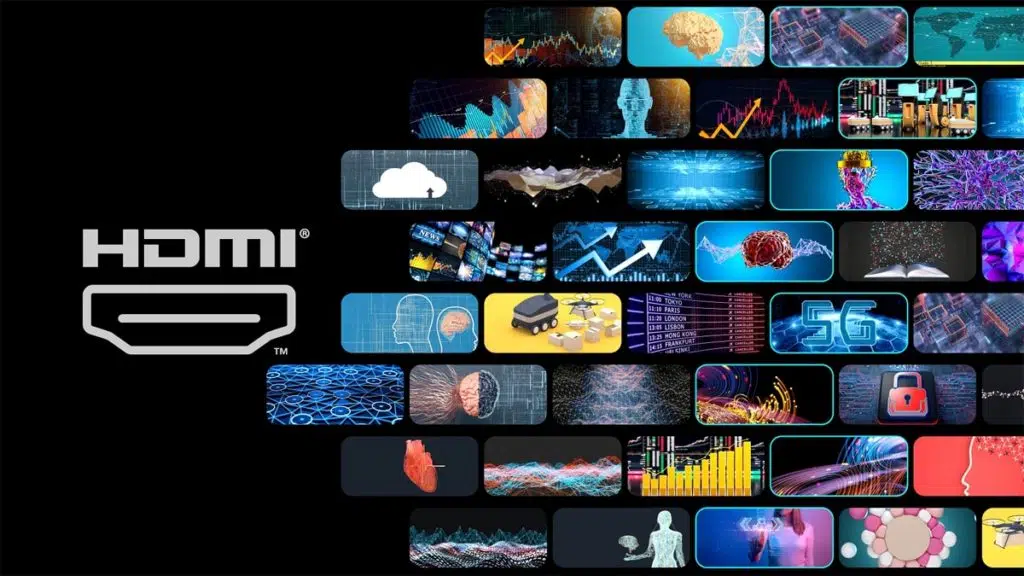
Users who are on the market for a new monitor will want to triple check the data sheet to confirm that it supports 4K/120 Hz (RGB, 10-bit color), Variable Refresh Rate (VRR), and other key features enabled by the latest and greatest version of the HDMI specification, which provides an increased bandwidth of 48 Gbps.
That’s because TFT Central recently reached out to HDMI.org and discovered that the requirements for HDMI 2.1 certification are actually quite a bit looser than one might have imagined. More specifically, a spokesperson basically told the publication that HDMI 2.0 devices could carry the HDMI 2.1 label, as the older version “no longer exists.” The implication is that a manufacturer could get away with marketing a monitor as being HDMI 2.1 certified even when it is limited to HDMI 2.0 features.
What HDMI.org told TFT Central:
HDMI 2.0 no longer exists, and devices should not claim compliance to v2.0 as it is not referenced any more
The features of HDMI 2.0 are now a sub-set of 2.1
All the new capabilities and features associated with HDMI 2.1 are optional (this includes FRL, the higher bandwidths, VRR, ALLM and everything else)
If a device claims compliance to 2.1 then they need to also state which features the device supports so there is “no confusion” (hmmmm)
“The response from HDMI.org was that the intention is that while everything can – or rather should be labeled as HDMI 2.1, manufacturers also have to list the features supported to conform to their certification criteria,” the author wrote. “As far as I can tell, this means that the HDMI 2.1 name itself is pretty meaningless (for the record, HDMI.org didn’t agree with this statement and objected to me saying that).”
TFT Central’s report was prompted by one of Xiaomi’s new monitors, which listed 2x HDMI 2.1 ports as part of its connectivity options. The manufacturer clarified in the fine text that it only supports a maximum resolution of 1920 x 1080 at its maximum refresh rate of 240 Hz, however.
Source: TFT Central
